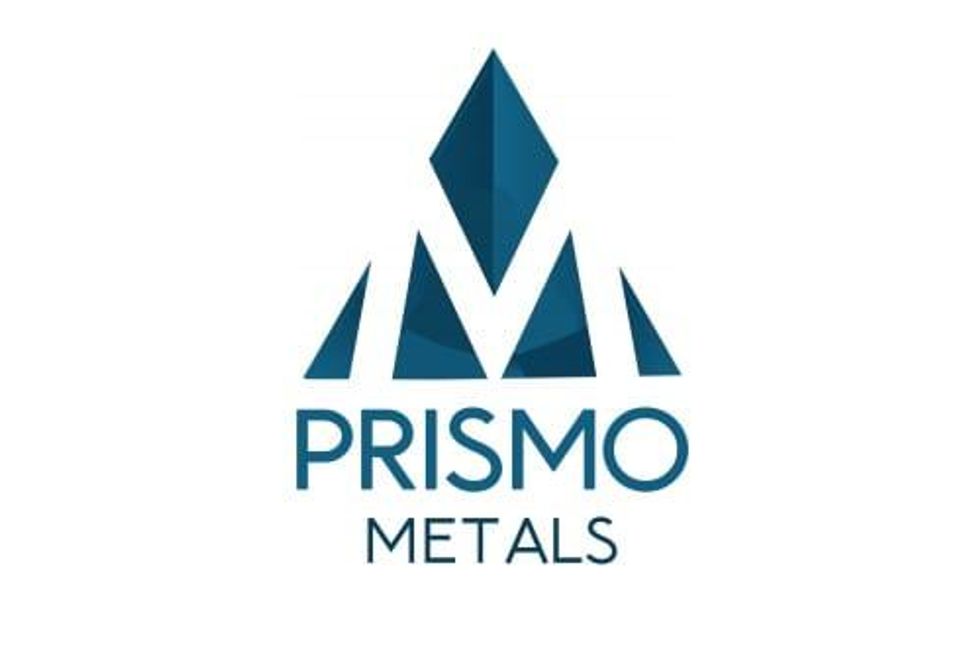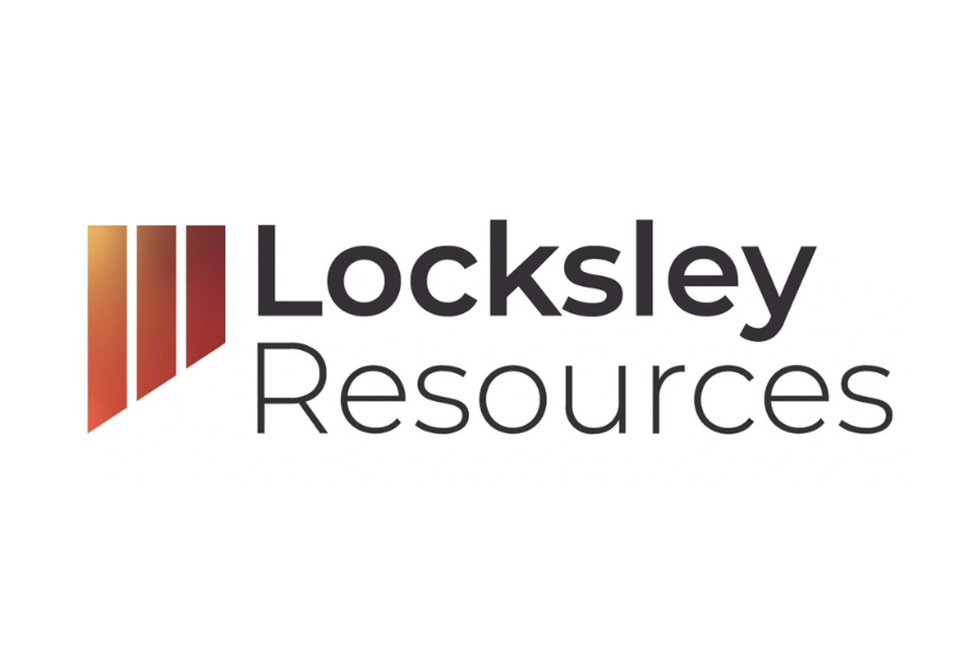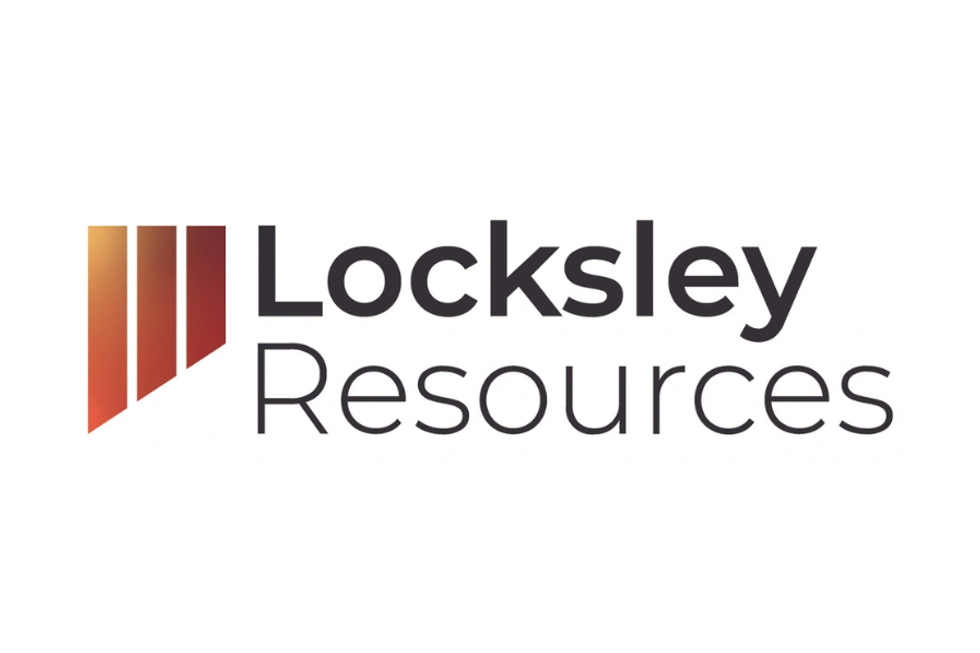The use of silver for health-related purposes is growing. But will it have an impact on the silver market?
 Why silverware? Why didn’t people choose to eat and drink from palladium, ivory, or other materials? Of course many people did. Throughout history people have used gold, clay, wood, and a wide range of other items at mealtime. For many of those who chose silver, however, it was more than just a fad or a symbol of financial standing. Ancient civilizations reportedly used silver because they recognized a connection between the metal and their health. Today, people are also finding silver to be increasingly useful in health-related applications. But will these uses have a material effect on the silver market?
Why silverware? Why didn’t people choose to eat and drink from palladium, ivory, or other materials? Of course many people did. Throughout history people have used gold, clay, wood, and a wide range of other items at mealtime. For many of those who chose silver, however, it was more than just a fad or a symbol of financial standing. Ancient civilizations reportedly used silver because they recognized a connection between the metal and their health. Today, people are also finding silver to be increasingly useful in health-related applications. But will these uses have a material effect on the silver market?
For thousands of years, individuals have used silver at the table, on the battlefield, and in healthcare. The metal has been relied upon to prevent and treat infections, to treat wounds, to prevent food spoilage, and to prevent water contamination. Since long ago, the metal has been credited as having antimicrobial, antibacterial, and antiseptic properties.
Medical uses of silver and preventative applications
Many readers have probably received a silver treatment at least once, as silver nitrate is commonly placed in the eyes of newborns to prevent infections that could cause blindness. Silver has also been widely used in dentistry to fabricate fillings.
Today, the uses of silver for its healing and preventative properties are growing.
For example, it was only in 2007 that the US Food and Drug Administration approved the marketing of silver-coated breathing tubes. Prior to this approval, according to the Centers for Disease Control and Prevention, every year, 15 percent of patients on ventilators contracted ventilator-associated pneumonia. For tens of thousands of people these infections proved fatal. Including silver in the fabrication of these endotracheal breathing tubes reduces this risk and has likely saved many lives.
Silver is also used in much the same way for catheters and other medical implantation devices. The metal is used to coat surgical instruments and emergency ward equipment to prevent and reduce the transmission of infections.
Wound creams, gels, and powders are made with silver, and the metal is fabricated into wound dressings because it is considered toxic to germs and can prevent the invasion and livelihood of bacteria and yeast. Silver has also been found to reduce the adhesion of dressings to wounds and thus improves the comfort of burn victims.
A recent edition of Silver News spotlights the Trinity Bed Protection System. The covering system is supposed to provide an effective and impermeable barrier between patients and the surfaces they lie on, such as mattresses and stretchers. A notable benefit of this bedding is that it is supposed to retain its antimicrobial properties even after repeated washings.
Karuma, which makes a tablet for children called the PlayBase Plus, is said to be embedding silver into the device’s touchscreens. This Silver Seal technology is used to help reduce the bacteria on the screen’s surface, thus providing protection for little ones.
Many people also believe that consuming dietary supplements containing silver can effectively treat and prevent certain conditions, including infections and viruses. Though these supplements may be available, the medical community has not been eager to rally around this type of treatment.
A few years ago, the FDA said silver has no known physiological functions or benefits when taken orally. The agency further warned that consuming silver could have adverse effects. These include argyria, which is the permanent and irreversible discoloration of the skin. Consuming the metal is said to have the potential to increase the body’s production of melanin, causing the skin to get darker when exposed to sunlight. The FDA also said silver can interfere with the body’s absorption of drugs such as quinolone antibiotics and tetracycline antibiotics.
Medical-related silver demand and the silver market
Anyone familiar with the silver market knows that industrial demand can be economically sensitive. During times of financial turmoil and uncertainty, fewer goods may be purchased and therefore less silver is required to make the products that contain it. But what about the health-related demand for silver? Do these applications provide a strong, stable base of support for the metal?
Many of the medicinal uses of silver are fairly new, and a large number are considered novelty items. Most silver-bearing health-related items are not new products. Rather, adding silver is considered to make an existing product better.
Given that the metal itself is a key selling point, its use provides a competitive advantage rather than a necessary cost, says a Silver Institute report.
The report also says that despite the initial cost of silver-bearing products, the longer-term benefits of reduced spending on aftercare may justify the economic cost of using these materials.
Perhaps only time will tell whether consumers at the pharmacy will pay more for bandages or first-aid creams containing silver than for those without it, or whether healthcare providers will spend more on silver-containing medical supplies to lower the risk of infection. But, the newness of silver in medical applications combined with higher costs suggests that demand for many of these products could be affected by economic factors.
Even if this scenario doesn’t play out, medical silver demand does not currently represent a large portion of overall fabrication demand. The quantities used in most applications are very small.
In 2010, total demand for all such applications was estimated to be less than 0.5 million ounces (Moz). While medical silver is considered a likely growth area, the associated demand is not expected to grow on an explosive scale. The Silver Institute report predicts that medical-related silver demand could approach 3 Moz by 2015.
Though silver may provide important health benefits, for the foreseeable future such applications are are not likely to have a significant impact with regards to supply or pricing.




